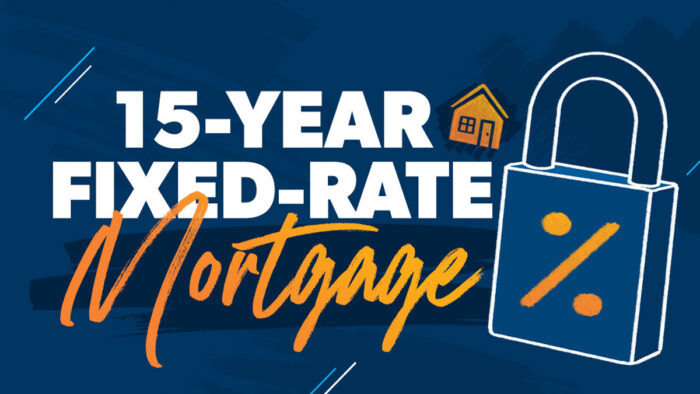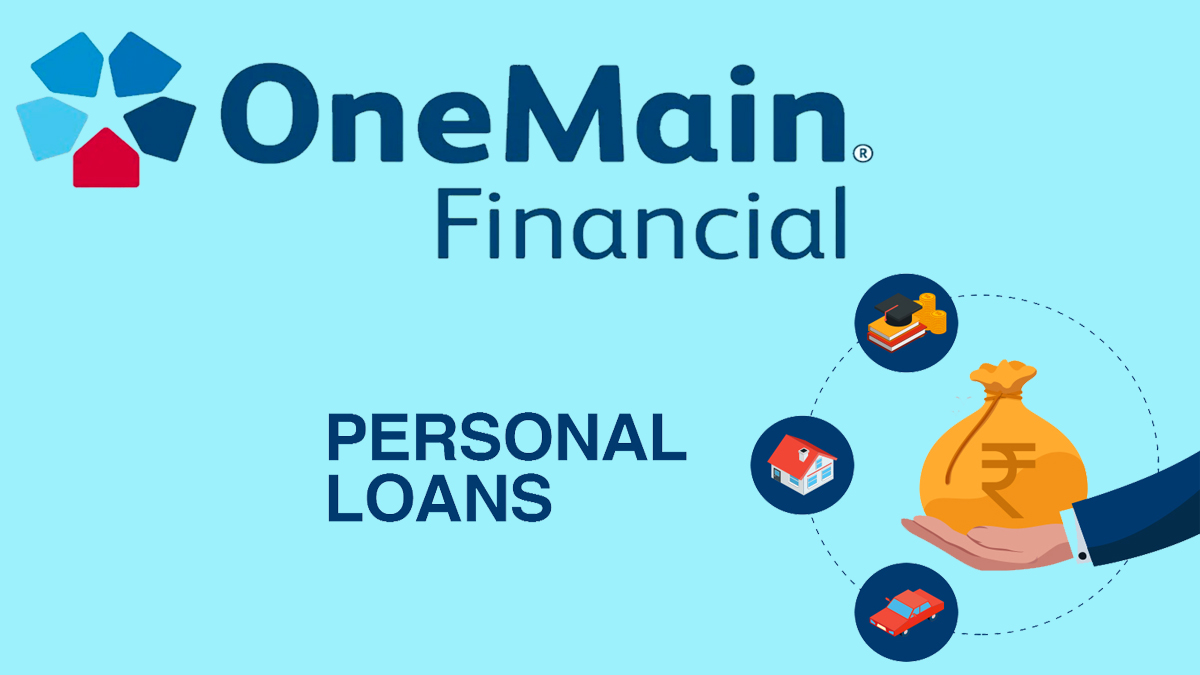Embarking on the journey of homeownership involves navigating a landscape of critical decisions, perhaps none more significant than choosing the right mortgage term. At the forefront of this decision-making process stands the allure of “15-Year Mortgage Rates,” a financial avenue that promises not just home ownership but a swift and strategic path to outright property ownership in a concise timeframe. In this brief exploration, we delve into the world of 15-year mortgage rates, uncovering the benefits and considerations that make this option a compelling choice for those seeking both financial stability and the dream of a mortgage-free future.

What are 15-year Mortgage Rates?
A 15-year fixed-rate mortgage is a home loan with a steady interest rate and monthly principal-and-interest payment throughout its 15-year term. Also, this mortgage option serves both home purchase and refinancing purposes.
Typically, 15-year mortgages feature lower interest rates compared to their 30-year counterparts. However, due to the shorter repayment period, monthly payments are higher as borrowers repay the loan in half the time.
Higher monthly payments for shorter loans yield overall reduced interest payments, making it an appealing option for homeowners aiming to cut costs. Homeowners often opt for a 15-year mortgage when refinancing from their original 30-year purchase mortgages.
How 15-Year Mortgage Rates Work
Eligible homebuyers with a 15-year mortgage make payments for 180 months, halving the time compared to a 30-year mortgage. Conversely, choosing a 15-year fixed-rate mortgage ensures a stable interest rate and monthly payment throughout the loan’s lifetime.
While the allocation of monthly payments changes over time, the actual payments stay constant throughout the entire 180-month period.
However, shorter loan terms reduce overall interest costs but come with higher monthly payments. Balancing these factors is crucial in mortgage decisions.
Lenders consider credit history, income, job stability, savings, investments, debt, and loan amount when determining rates for 15-year mortgages. Nevertheless, broader influences beyond the lender’s control significantly impact mortgage rates.
Typically, external factors influencing 15-year mortgage rates include economic conditions, inflation, bond market trends, housing dynamics, and lender operational costs. It’s crucial to recognize the dynamic nature of mortgage rates, which are subject to swift changes.
The rates quoted by lenders may fluctuate based on the day and even the hour. Furthermore, lenders differ in underscoring the need for thorough comparison shopping to secure the best rate, which should be promptly locked in.
15-Year Mortgage Requirement
Securing a 15-year mortgage involves meeting specific criteria to assure lenders of your repayment capability. Here are the key requirements:
• Minimum Credit Score
Generally, a credit score of at least 620 is necessary for most mortgages. Some lenders may have higher standards. While a low-down-payment FHA loan may accept a credit score as low as 580, meeting the minimum requirements is crucial.
• Debt-to-Income (DTI) Ratio
Lenders evaluate your DTI ratio by comparing your total monthly debt payments, including the new mortgage payment, to your gross monthly income.
For example, a DTI ratio of 36% (where debt payments are $3,600 on a $10,000 monthly income) is often considered satisfactory. A strong credit score and substantial down payment may allow for DTI ratios up to 43% or even 50%.
• Documentation
Lenders commonly request two years of tax returns, current income proof (pay stubs or profit statements), and recent bank statements for mortgage approval. Additional documentation, like credit reports or court documents, may be necessary to confirm the status of bankruptcies, foreclosures, or lawsuits.
• Down Payment or Home Equity
Purchasing a home with a 15-year mortgage requires a minimum down payment of 3%. When refinancing, at least 3% equity is needed, but many lenders may mandate a minimum of 20%.
Meeting these criteria enhances your eligibility for a 15-year mortgage and demonstrates to lenders that you possess the financial stability to handle the loan responsibly.
Factors Considered in 15-Year Mortgage Rates
Mortgage lenders determine 15-year interest rates based on several factors related to your individual financial situation, including your credit profile, income, debt, and savings. Generally, the stronger your credit and financial standing, the more favorable the rate you can secure.
External factors also play a significant role in influencing mortgage rates, such as:
• 10-Year Treasury Yield
Investor confidence in the U.S. economy, reflected in the 10-year Treasury yield, tends to impact mortgage pricing. A positive outlook often leads to higher mortgage rates, while concerns may result in lower rates.
• Federal Reserve Policy
Although the Federal Reserve doesn’t directly set fixed mortgage rates, its decisions on the federal funds rate can have a cascading effect on home loans.
• Business Environment
Lenders, responsible for setting loan prices, may adjust rates based on their business needs. For instance, to attract more customers, a lender might lower rates.
It’s important to note that 15-year mortgage rates are typically lower than 30-year rates due in part to the shorter loan term. This reduces the risk for the lender and translates to lower overall costs for the borrower.
Advantages and Disadvantages of 15-Year Mortgage Rates
Explore the advantages and disadvantages of a 15-year mortgage to align with your financial goals. Consider both benefits and drawbacks.
Advantages of 15-Year Mortgage Rates
- Faster Equity Building: This approach offers insight into the evolving landscape of mortgage interest rates over time. Compared to a 30-year loan, a 15-year mortgage allows you to build equity at an accelerated pace.
- Lower Interest Payments: Typically, interest rates on 15-year loans are lower than those on 30-year loans, resulting in overall cost savings. Less interest is paid over the life of the loan.
- Principal Repayment Acceleration: A larger portion of your monthly payments goes towards repaying the loan principal rather than interest. This speeds up the process of reducing the overall debt.
Disadvantages of 15-Year Mortgage Rates
- Higher Monthly Payments: Monthly payments for a 15-year mortgage are higher compared to longer-term loans, which may pose a challenge for some individuals in terms of qualification.
- Opportunity Cost: Choosing a 15-year mortgage may mean forgoing the opportunity to borrow more against your home and investing the proceeds for other financial goals, such as retirement.
- Potential Loss of Tax Benefits: Choosing a 15-year mortgage may lead to paying less interest but could impact mortgage interest deduction benefits, potentially affecting tax breaks. Consider the tax implications before making a decision.
Examining national averages and advertised rates provides a broad understanding of mortgage market trends, especially when observing the historical trajectory of mortgage rates.
Refinancing Into a 15-Year Mortgage
Consider refinancing to a 15-year mortgage with a lower interest rate if you’re over halfway through a 30-year mortgage. This move has the potential to save you substantial interest costs.
Meanwhile, 15-year mortgages usually come with higher monthly payments due to the shorter term. The impact on monthly payments may not be as significant as expected, depending on the reduced interest rate and your existing loan balance.
Regardless of the refinance option you choose, it’s crucial to explore various lenders for competitive rates. Compare offers, including associated lender fees, to make an informed decision.
How to Find the Best Deal 15-Year Mortgage Rates
To secure the most favorable mortgage rate, it is advisable to assess loan options from multiple lenders. Additionally, exploring the possibility of collaborating with a mortgage broker can be beneficial. Here’s a guide on how to proceed:
• GetPreapproved
Obtain rate quotes from at least three different mortgage lenders. Ideally, try to collect these quotes on the same day to ensure an accurate basis for comparison.
Lenders determine your interest rate based on factors like your credit score, debt-to-income (DTI) ratio, and the size of your down payment. Borrowers with a credit score of 740 or higher, a substantial down payment (20% is ideal), and a DTI ratio of no more than 43% typically receive the most attractive offers.
• Compare the Interest Rate and APR
Pay attention to both the interest rate and the annual percentage rate (APR). The interest rate signifies borrowing costs, while the APR offers a comprehensive view, incorporating the interest rate and additional costs like origination fees and points.
However, when evaluating rate offers, consider the APR, as it offers a more complete picture of the all-in cost of the loan.
• Consider Lender Ratings and Experience
Look beyond the numbers and consider factors like convenience and the lender’s responsiveness. Explore online reviews and testimonials from other borrowers to gauge their experiences working with each lender.
Assess the overall reputation and customer satisfaction of the lenders under consideration. Compare 15-year mortgage rates thoughtfully by considering numerical aspects and evaluating lenders’ overall experience and reputation for a well-informed decision.
Conclusion
Historically, 15-year mortgage rates have consistently remained lower than 30-year mortgage rates. Over the past thirty years, the average margin between 15-year fixed rates and 30-year fixed rates has been 55 basis points (0.55%).



